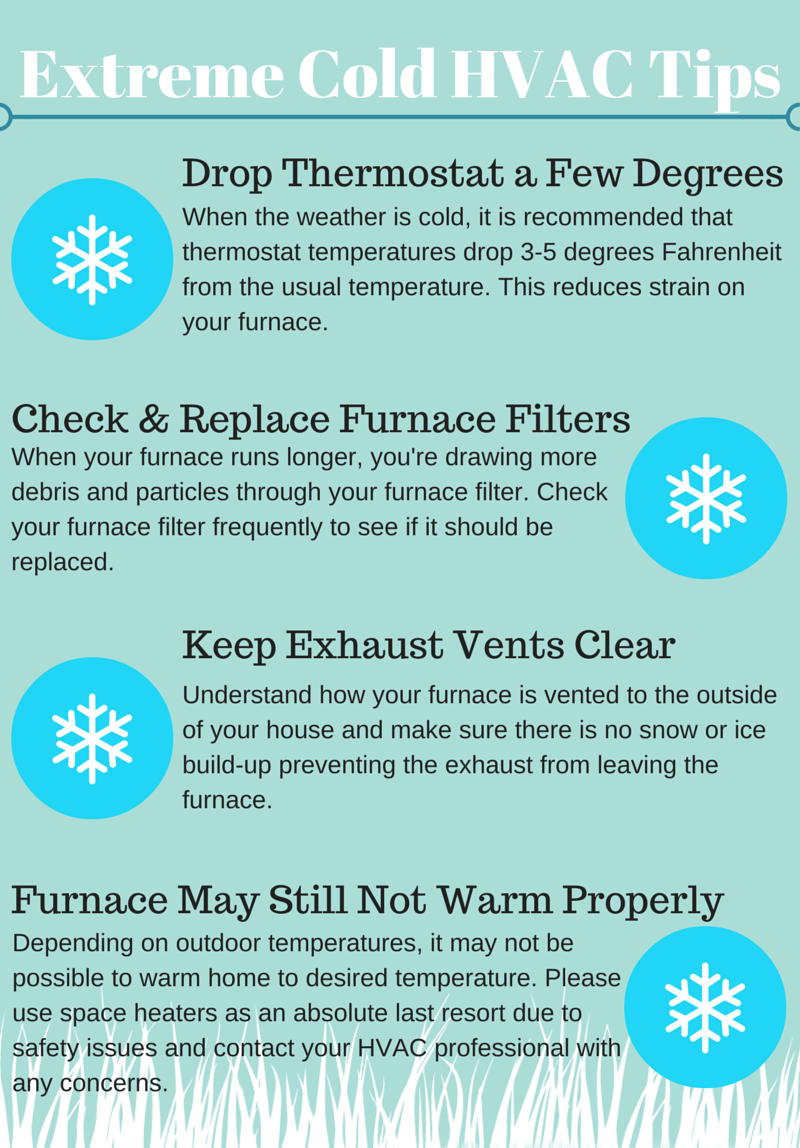Find Out How To Maximize The Effectiveness And Lifespan Of Your Heatpump System By Staying Clear Of Conventional Installation Blunders
Find Out How To Maximize The Effectiveness And Lifespan Of Your Heatpump System By Staying Clear Of Conventional Installation Blunders
Blog Article
Material By-Garrison McFarland
When mounting a heat pump, you need to stay away from usual errors that could threaten its efficiency. Overlooking appropriate sizing might bring about inadequacies and higher energy expenses. Overlooking insulation and sealing might cause energy wastage and strain on the unit. Additionally, placing the outdoor unit inaccurately may influence its efficiency. By avoiding these mistakes, you can guarantee optimum working and sturdiness of your heat pump system.
Improper Sizing of Heat Pump
When it comes to the setup of heatpump, among the most common mistakes is incorrectly sizing the system for your space. Ensuring Learn Even more is essential for optimal performance. If the heat pump is also little, it will certainly struggle to heat or cool your area efficiently, causing boosted energy bills and possible wear and tear on the system.
On the other hand, if the heatpump is too big, it will cycle on and off frequently, triggering temperature level fluctuations and minimizing its lifespan.
To prevent this mistake, it's important to have an expert assess your space and advise the appropriate dimension of the heat pump based upon variables like square video footage, insulation, ceiling elevation, and regional environment. By investing the time and effort to ensure the right sizing, you can enjoy a comfy atmosphere while making best use of energy performance and lengthening the lifespan of your heatpump.
Inadequate Insulation and Sealing
To ensure the effective operation of your heatpump, it's important to attend to inadequate insulation and sealing in your room. wayne may helps preserve a regular temperature level inside your home, lowering the workload on your heat pump. https://www.guampdn.com/lifestyle/how-can-i-save-power-energy-saving-tips-from-guam-power-authority/article_55f74ce4-d482-11ec-b992-8378471e1a89.html can result in energy loss, making your heat pump work harder and less effectively.
Securing any kind of voids or leaks in your room is equally vital. These gaps allow conditioned air to leave and outside air to permeate in, forcing your heatpump to compensate for the temperature changes.
Inaccurate Positioning of Outdoor System
Dealing with the placement of your heatpump's exterior system is essential to maximizing its efficiency. Installing the outside unit in an inaccurate location can bring about performance concerns and prospective damages to the unit.
One typical blunder to stay clear of is placing the exterior unit as well close to a wall or other structures. This can limit air movement, creating the unit to work tougher to heat or cool your area, inevitably reducing its effectiveness and life-span.
An additional error to avoid is placing the exterior system in straight sunshine. While some sunshine is inescapable, extreme exposure can bring about overheating, particularly throughout warm summertime days. https://dominickjdytn.bloggerswise.com/38139107/elevate-your-heat-pump-s-operational-performance-and-cost-savings-with-cost-effective-fixing-approaches-learn-how-to-preserve-the-ideal-equilibrium to place the outside unit in a shaded location to aid maintain its optimal operating temperature level.
Moreover, make sure that the outside system is put on a steady and degree surface. Unequal ground can create vibrations and unnecessary pressure on the unit, affecting its efficiency with time.
Verdict
To conclude, avoiding typical errors during heatpump installation is crucial for maximizing effectiveness and durability of your system. By ensuring proper sizing, appropriate insulation, sealing, and right placement of the exterior system, you can avoid concerns such as inefficiencies, increased energy bills, and strain on the device. Making the effort to resolve these key elements will inevitably save you time and money in the long run.
